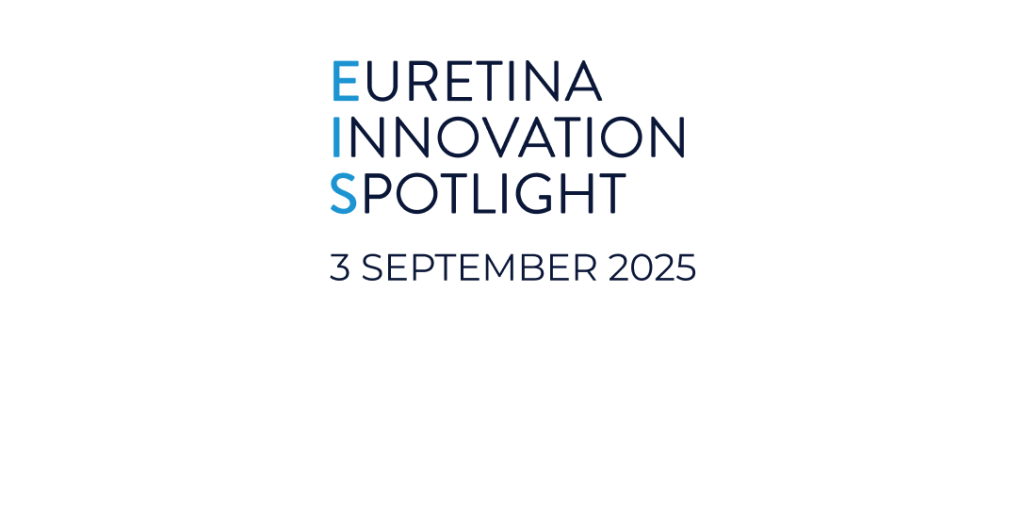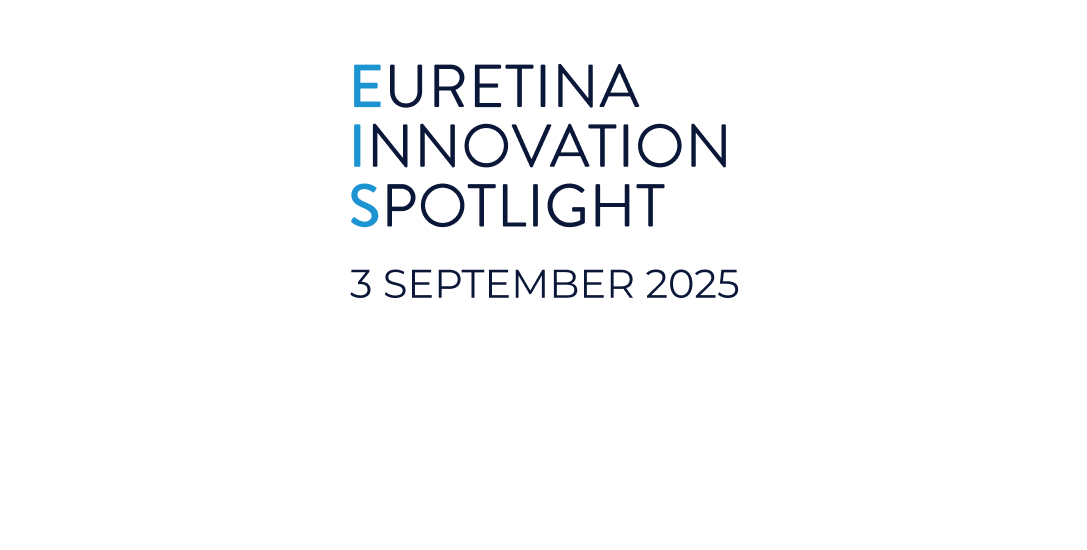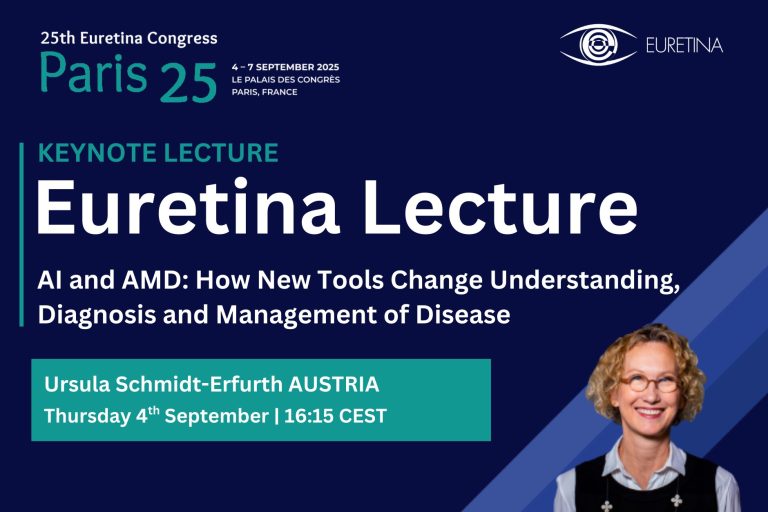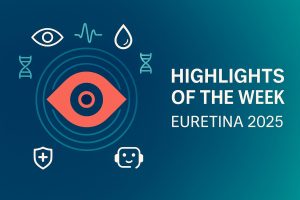EURETINA Lecture to highlight breakthroughs in artificial intelligence (AI) in the management of AMD and how AI is being leveraged in currently available tools designed for use in clinical trials and clinical practice.
As a noninvasive technology providing high-resolution images, optical coherence tomography (OCT) has had an enormous impact on improving the understanding, diagnosis, and management of age-related macular degeneration (AMD). In her EURETINA Lecture, Dr Ursula Schmidt-Erfurth, Professor of Ophthalmology at the Medical University of Vienna, Austria and a leading AI expert, will describe how the recent advances in artificial intelligence (AI) have improved insight and provided tools revolutionising the management of AMD in clinical routine and trials.
“Each 3-dimensional OCT image, which is comprised of many millions of pixels, contains a wealth of data on clinical biomarkers and sub-clinical features that are relevant for AMD diagnosis, prognosis, and therapeutic decision-making. The value of AI-based methods for image analysis comes from its ability to empower human experts to unprecedented precise and objective feature recognition and objective quantification,” Professor Schmidt-Erfurth said.
In the first part of her lecture, Professor Schmidt-Erfurth will highlight the spectrum of applications of AI-based OCT image analysis across all AMD stages. In neovascular AMD, identifying and measuring fluid volume within the various compartments of the retina is crucial.
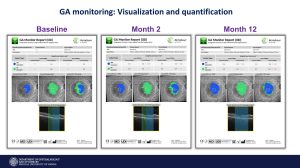
“It is not just the presence of retinal fluid that matters. We know that intraretinal fluid, high amounts of fluid, and fluctuations are associated with poor vision outcomes .In contrast, smaller amounts of subretinal fluid may be beneficial for preserving the photoreceptors. This makes it important to characterise fluid location, volume, and dynamics,” Professor Schmidt-Erfurth explained.
Another milestone is the application of AI to detect and characterise the area of ellipsoid zone (EZ) loss consistent with photoreceptor disease activity.
“AI-based geographic atrophy (GA) monitoring can predict lesion progression in GA and is a base for selecting responders to intravitreal complement inhibition. In early AMD, AI tools enable early detection of conversion from intermediate to advanced AMD,” Professor Schmidt-Erfurth said.
She will also demonstrate how AI-based OCT analysis contributes to understanding of AMD as a complex disease by identifying simultaneous macular neovascularisation seen as the double-layer sign (DLS) and the presence of atrophic processes.
As another novel area, Professor Schmidt-Erfurth will speak about application of AI in the functional domain. Here, AI algorithms are used to bring together an OCT-based structural map of the retina with a topographic map of the test points targeting reliably and in a fully automated manner the EZ loss area where progressive functional loss will develop.
“This AI tool fills in the open gap of providing functional outcomes for therapeutic benefit. Integrated in the MAIA3 microperimetry, it is fully automated, reproducible and fast, meeting all criteria for use in clinical routine,” she said.
In the last part of her lecture, Professor Schmidt-Erfurth will describe currently available AI-based tools designed and accessible for use in these complimentary settings. These include:
- Fluid Monitor and GA Monitor from RetinSight that are available as independent web-based tools for analysing retinal fluid and GA lesions in images uploaded to the cloud by clinicians
- cAIRE direct, a clinical trial support upload tool that provides real-time analysis of OCT images for fast and efficient clinical trial performance
- another platform by RetInSight that can be used for early AMD screening using images acquired with lower cost OCT devices from community-based primary eye care providers
- RETSCREEN by TOPCON, a tool intended to allow widespread screening for macular disease in other health-related settings.
Professor Schmidt-Erfurth will deliver the EURETINA Lecture at on Thursday, September 4th, at 16:15 CEST in the Grand Amphitheatre

